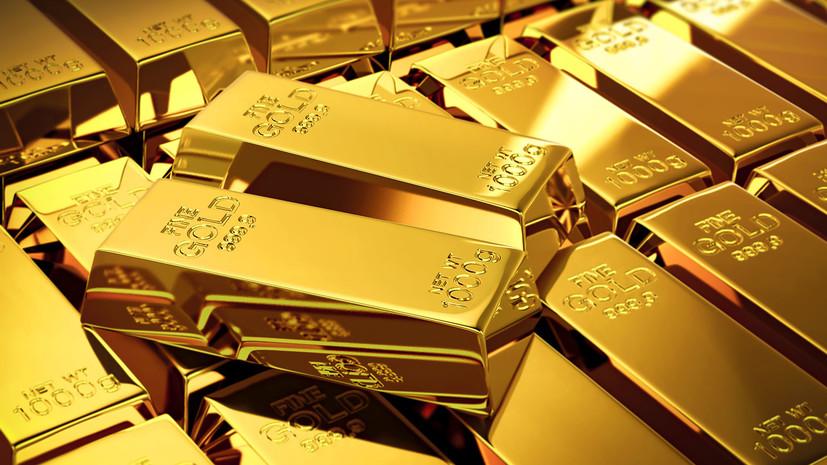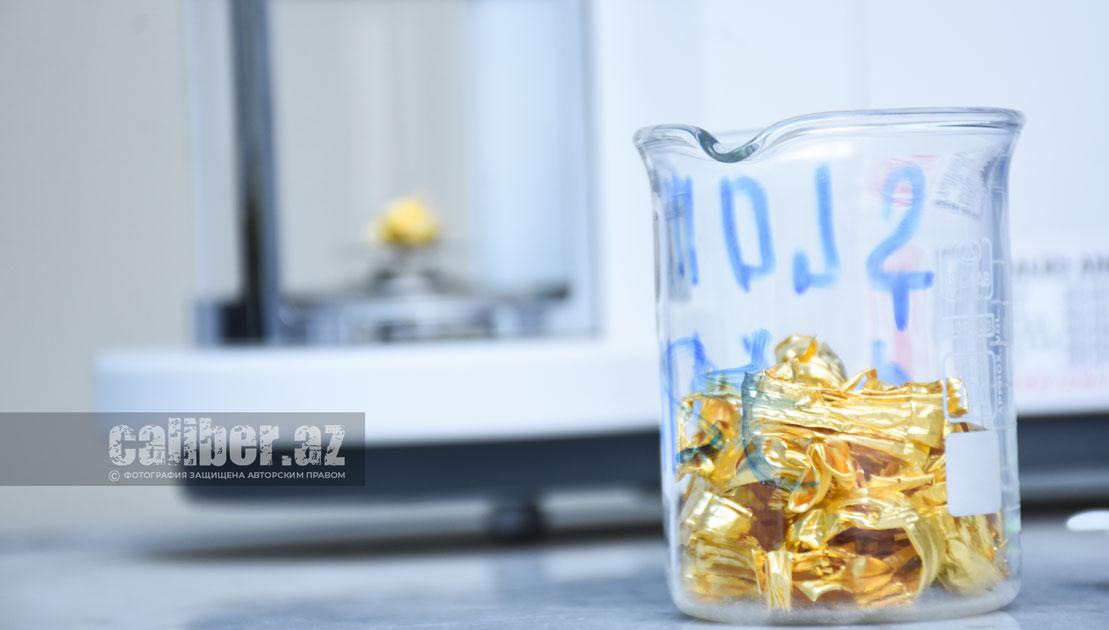Shifting sands of gold: Global instability boosts precious metal demand Azerbaijan reaps rewards
The year 2024 marked a remarkable chapter for gold, as the precious metal soared to unprecedented heights. Witnessing a near 40% jump in value across the first three quarters, gold set new records, though a strengthening US dollar post-election tempered its ascent. By year’s end, the metal had still posted an impressive 28% increase. Looking ahead, analysts at Goldman Sachs are confident that gold’s upward trajectory will continue, forecasting a rise to $2,910 per troy ounce by December 2025, and predicting a potential breach of the $3,000 mark by 2026. As January 2025 began, gold futures for February delivery on the COMEX climbed 0.18%, hitting $2,674 per ounce.
The driving force behind this spectacular gold surge was largely the US Federal Reserve's shift towards monetary easing. Rather than reacting to specific actions, global markets were primed by the Fed's signals indicating imminent interest rate cuts, expected by the end of 2024. Historically, a softer dollar and reduced Treasury bond yields lead to increased demand for gold, as investors seek refuge in the “yellow metal” when monetary conditions ease.
The rise in gold prices was further fueled by geopolitical tensions and military conflicts around the globe, combined with the political uncertainty surrounding the US election cycle. As instability deepened, central banks worldwide continued to amass gold reserves, viewing it as a protective hedge amid growing economic risks. Bank of America reports that physical gold now accounts for 10% of global central bank reserves, a striking leap from just 3% ten years ago. Experts predict that gold’s share will soon surpass that of the euro, making it the second-largest reserve asset after the dollar.
Nations like China, India, Russia, and Türkiye have led the charge in securing precious metal assets, while countries such as Poland, Uzbekistan, and the Czech Republic have also made significant investments. Alongside central banks, investors and commercial institutions are increasingly turning to gold as a safe haven in uncertain times, solidifying its vital role in today’s volatile financial environment.

As gold prices continue to climb globally, this trend is also making a notable impact within Azerbaijan. The State Oil Fund of Azerbaijan (SOFAZ) has been actively increasing its gold reserves as part of a broader strategy to protect its investments from the volatile global financial markets. In response to the rising risks in global markets, SOFAZ boosted the gold share of its portfolio from 13.1% to 13.9% in 2022. By the start of 2023, the fund had secured approximately 101.8 tonnes of gold, and by the end of Q3 2024, it had purchased more than 25 additional tonnes. In total, SOFAZ’s investments in gold amounted to nearly $10.845 billion, or 17.7% of its total investment portfolio.
The growing gold reserves provide an essential hedge against potential risks like currency devaluation, declines in securities, and periods of economic crisis. When global financial conditions worsen, gold often emerges as the asset of choice, providing greater returns when other investments falter, particularly during inflationary periods or when monetary policy is loosened.
As global economic and political uncertainty intensifies, the continued rise in gold prices is generating concerns among analysts about the future of the global financial system, which has relied heavily on the US dollar for over eighty years. The potential for rising U.S. government debt could prompt central banks around the world to increase their gold holdings. However, America’s response to this trend, particularly under Donald Trump’s “America First” policy, has been to boost yields on Treasury bonds and Federal Reserve securities, which in turn has strengthened the dollar, creating a significant headwind for gold prices. Meanwhile, the US Federal Reserve remains cautious in its monetary approach due to the risks posed by inflation, further putting pressure on the gold market.
Gold prices may see a slight slowdown this year, according to Goldman Sachs’ latest analysis. Despite last year’s remarkable rally, the bank predicts that gold will not reach the $3000 per ounce mark by the end of 2025. Instead, it expects gold to peak at $2910 per ounce by Q4 2025, with the target of $3000 pushed to mid-2026. This revision stems from a more gradual reduction in US Federal Reserve interest rates, which will likely dampen the demand for gold-backed exchange-traded funds (ETFs). Analysts point to weaker-than-expected fund inflows in December, attributed to reduced uncertainty following the US elections, as a contributing factor to the lower starting point for gold prices in 2025.

Goldman Sachs experts believe the balance between reduced speculative demand and the high volume of central bank purchases has kept gold prices in a narrow range over the past two months. Bloomberg’s experts, citing UBS forecasts, also expect gold prices to rise to $2900 per ounce by the end of 2025.
However, this temporary dip in the precious metals market is not expected to last. Gold is likely to regain support amid ongoing global political and economic uncertainty. The continuous diversification of global financial reserves, with central banks moving away from reliance on the US dollar, will provide further backing to gold’s value. Additionally, investor concerns about potential inflation from Donald Trump’s proposed customs tariffs and protectionist trade measures are expected to strengthen gold’s appeal as a hedging instrument.
As the global gold market evolves, Azerbaijan’s precious metal industry is experiencing a boost. State-owned AzerGold and private company Anglo Asian Mining have ramped up their gold production and exports. According to Azerbaijan’s State Statistics Committee, the country produced 2.6 tonnes of gold between January and November 2024, marking a 2.4% increase in production. Gold has become one of Azerbaijan’s top non-oil exports, ranking just behind tomatoes and raw cotton. This growth in gold production highlights Azerbaijan’s rising role in the global precious metals market.








